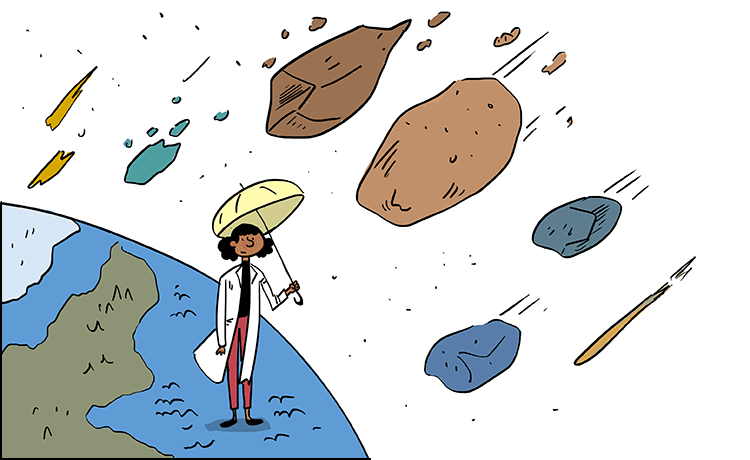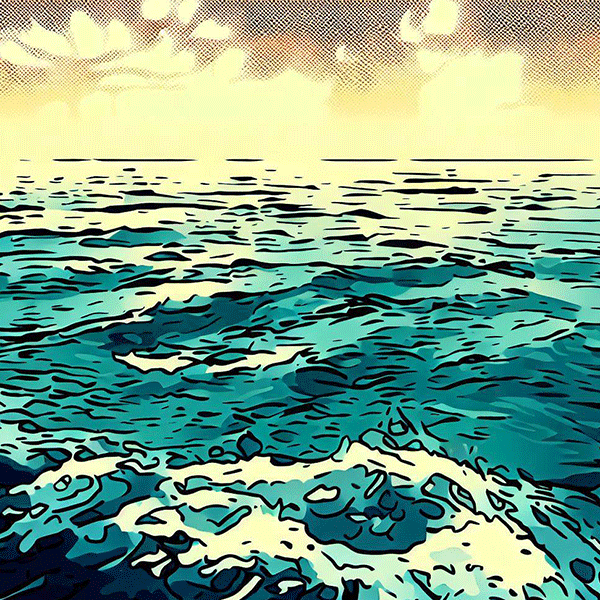From Dust to Us!
Imagine this: about 4.6 billion years ago (way before dinosaurs, before trees, even before the first video games), our solar system was just a big cloud of dust and gas. This giant space cloud made the Sun in the middle, and all the leftover stuff turned into planets, including our home, Earth!

When Earth Got Its Water
After Earth was made, it was like a big, hot, gooey ball. As it cooled down, a hard shell called the crust formed on the outside, and volcanoes started to pop up. These volcanoes burped out water vapor and gases. Over time, the water vapor changed into rain and filled up low spots on Earth, making oceans. Some scientists also think that comets, which are like giant snowballs in space, crashed into Earth and brought even more water and the stuff needed for life.
The Start of Life: Small but Awesome!
We’re not exactly sure how or when life started on Earth, but most scientists think it was around 3.5 to 4 billion years ago. The first life forms were simple, tiny things like bacteria, known as prokaryotes. These little guys didn’t have fancy parts inside them like other cells, but they were alive and ready to change the world.

The Oxygen Party Starts!
For the first billion years, these tiny creatures were the kings and queens of Earth. Then something amazing happened: a type of prokaryote called cyanobacteria started using sunlight to make food, a process known as photosynthesis. They began letting out oxygen into the air, causing the Great Oxygenation Event. Oxygen filled the air and the oceans, which allowed more complex life forms to evolve.
From Single Cells to Selfie Snappers
With oxygen now in Earth’s air, life started to change and get more complex. Around 1.5 billion years ago, the first eukaryotes—cells with a control center called a nucleus—appeared. Jump ahead another billion years, and the first multicellular organisms (things made of more than one cell) showed up. From there, life got really interesting: plants started growing on land, followed by bugs, then dinosaurs, mammals, and finally… us selfie-snapping, pizza-loving humans!
Life’s Amazing Journey
It’s pretty amazing to think that all life on Earth, from the smallest bacteria to the biggest whale, from the simplest flower to us complicated humans, started with those first tiny pioneers billions of years ago.
As we keep exploring our universe and looking for life on other planets, we’re reminded of how special and precious life on Earth is. So next time you look at the stars, remember the incredible journey life has taken to get here—and wonder about where it might go next.
